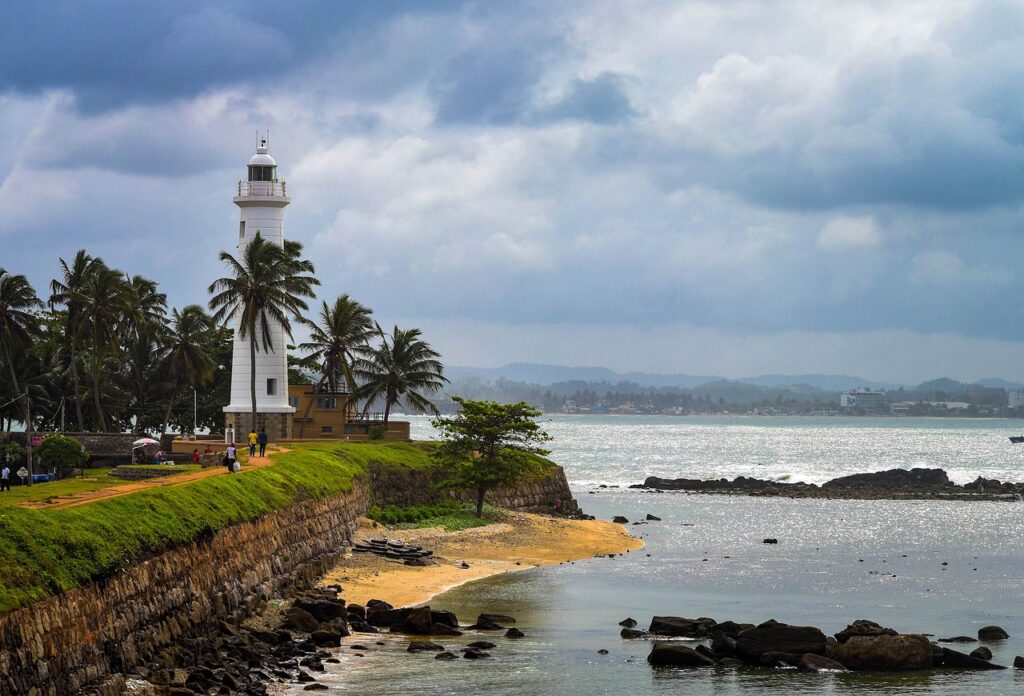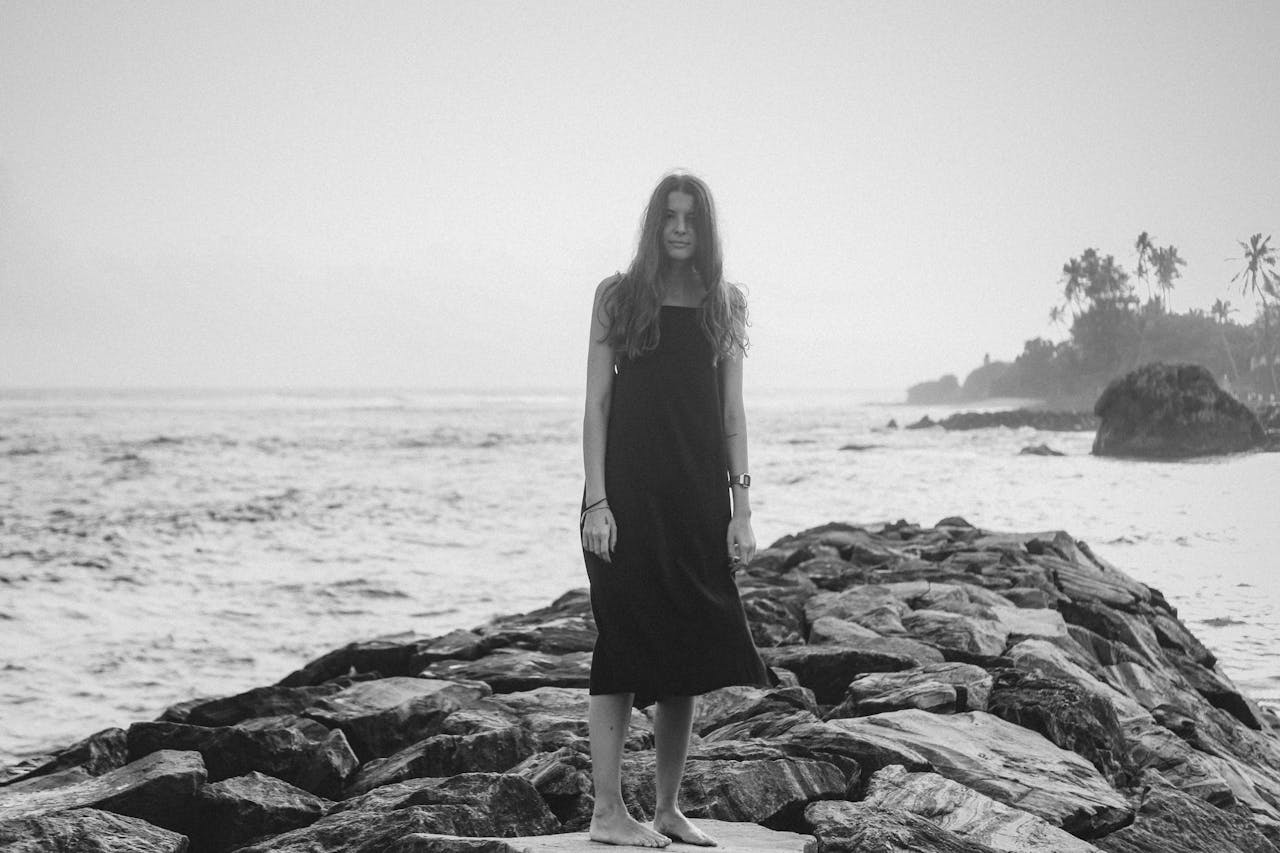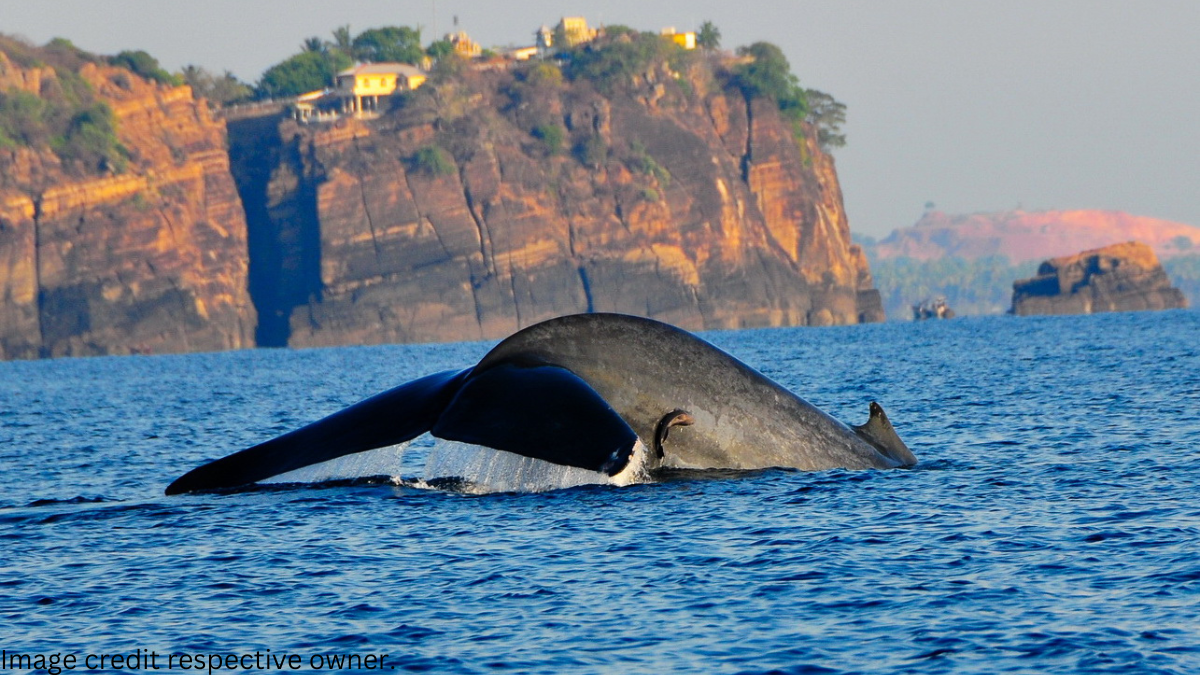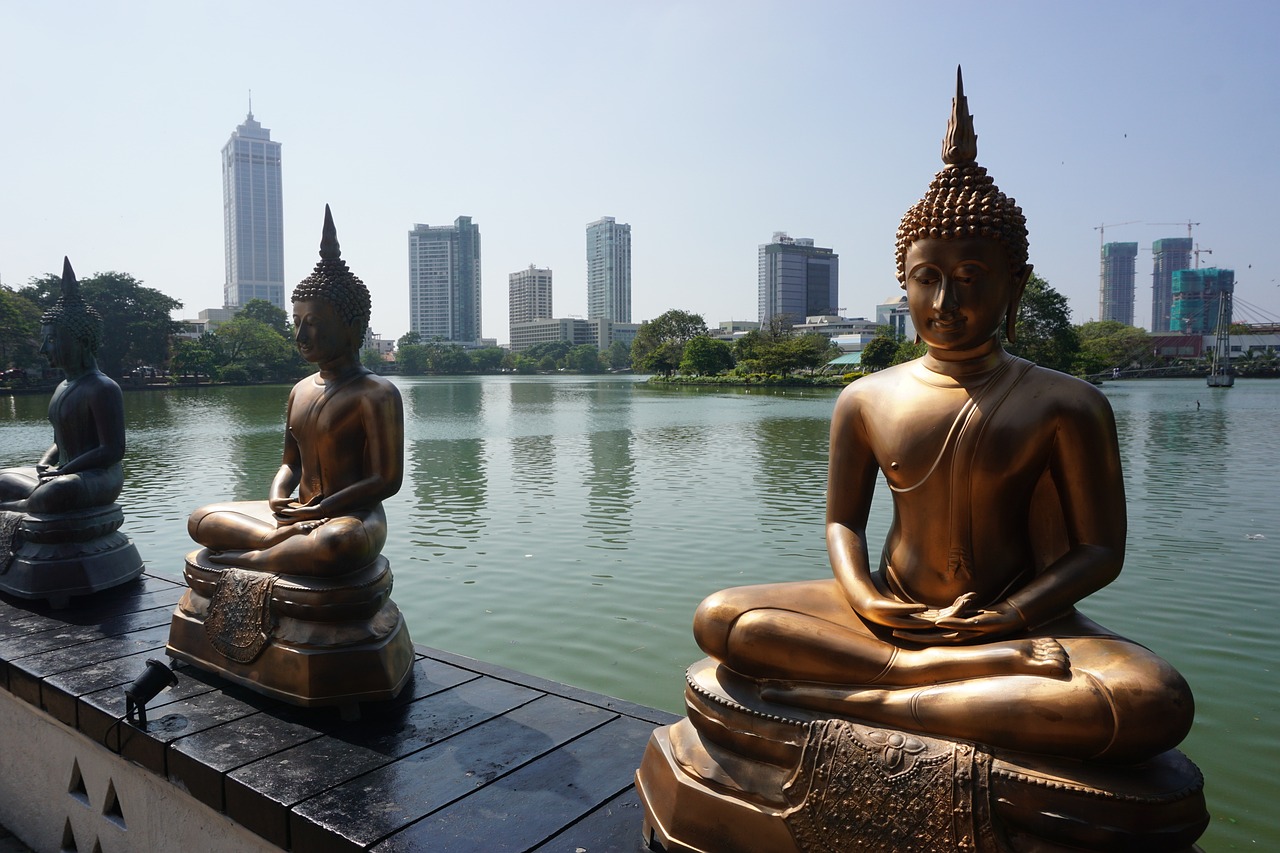
Galle, a captivating coastal city in Sri Lanka, is a harmonious blend of history, culture, and natural beauty. Located approximately 120 kilometers south of Colombo, this city is a haven for travelers seeking both relaxation and exploration. With its iconic fort, stunning beaches, and vibrant local culture, Galle has become one of Sri Lanka’s premier tourist destinations. This article dives deep into the many facets of Galle, offering a comprehensive guide for visitors and enthusiasts alike.
A Brief History of Galle
Galle’s history is as rich as its landscapes. Known as “Gimhathiththa” before the arrival of the Portuguese in the 16th century, it was a prominent port trading with Arab, Chinese, and Indian merchants. The Portuguese arrived in 1505 and established a foothold, but it was the Dutch who transformed Galle into the fortified city we see today. The construction of the Galle Fort began in 1649 and remains one of the best-preserved examples of European colonial architecture in South Asia.
The British later took control of Galle in 1796, adding their own influences to the city’s development. Despite the changes in colonial powers, Galle retained its charm and historical significance, becoming a UNESCO World Heritage Site in 1988.
The Iconic Galle Fort
At the heart of Galle lies its iconic fort, a living testament to its colonial past. Enclosed by thick walls and bastions, the fort is a bustling enclave filled with narrow streets, charming boutiques, cafes, and historic landmarks.
Architectural Marvel
The Galle Fort’s architecture is a blend of European and South Asian influences. The Dutch Reformed Church, built in 1755, is one of the fort’s most notable landmarks, showcasing exquisite stained glass and antique furniture. The Old Dutch Hospital, now repurposed as a shopping and dining precinct, reflects the fort’s adaptability through centuries.
Exploring the Streets
Walking through the cobbled streets of Galle Fort is an experience in itself. Each corner reveals something new, from vibrant art galleries to quaint coffee shops. The Clock Tower and the Lighthouse are must-visit landmarks, offering stunning views of the Indian Ocean.
Beaches Around Galle
Galle is not just about history; it’s also a gateway to some of Sri Lanka’s most beautiful beaches. These coastal gems are perfect for sunbathing, surfing, or simply soaking in the tropical vibes.
Unawatuna Beach
Just a short drive from Galle Fort, Unawatuna Beach is renowned for its golden sands and turquoise waters. It’s a popular spot for swimming and snorkeling, with coral reefs and marine life waiting to be explored.
Jungle Beach
For those seeking a more secluded experience, Jungle Beach is a hidden paradise. Accessible via a short hike through lush vegetation, this beach offers tranquility and pristine natural beauty.
Hikkaduwa Beach
A little further north, Hikkaduwa Beach is a hotspot for surfers and party enthusiasts. The beach is also famous for its vibrant coral sanctuary, making it an excellent destination for diving and snorkeling.
Cultural and Culinary Delights
Galle’s culture is a rich tapestry woven with influences from its colonial past and local traditions. The city’s culinary scene, in particular, is a delightful exploration of flavors.
Traditional Cuisine
Seafood dominates the menu in Galle, with dishes like prawn curry, crab curry, and fish ambul thiyal (sour fish curry) being local favorites. Don’t miss the chance to try hoppers, a type of pancake made from fermented rice flour and coconut milk, often enjoyed with spicy sambol.
Cafes and Restaurants
Within the fort, there’s an array of charming cafes and restaurants catering to diverse palates. From authentic Sri Lankan cuisine to international dishes, the culinary offerings are as diverse as the city’s history.
Nature and Wildlife
Beyond its beaches and historic sites, Galle is a gateway to Sri Lanka’s lush natural landscapes and vibrant wildlife.
Kanneliya Forest Reserve
Just a short drive from Galle, the Kanneliya Forest Reserve is a UNESCO biosphere reserve. It’s a paradise for nature lovers, offering hiking trails, waterfalls, and a chance to encounter endemic flora and fauna.
Whale Watching
Galle’s proximity to Mirissa makes it an excellent base for whale watching tours. Between November and April, visitors can spot blue whales, sperm whales, and dolphins in the warm waters off the southern coast.
Arts and Crafts
Galle is a hub for local artisans and craftspeople. The fort’s streets are lined with shops selling handmade jewelry, batik fabrics, and intricate lacework—a craft introduced during the Portuguese era. Art galleries showcase the works of local and international artists, adding a vibrant cultural layer to the city.
Festivals and Events
Galle comes alive with various festivals throughout the year. The Galle Literary Festival, held annually, attracts writers, poets, and literature enthusiasts from around the globe. Traditional Sinhala and Tamil New Year celebrations in April are another highlight, offering visitors a glimpse into local customs and festivities.
Sustainable Tourism in Galle
As tourism in Galle continues to grow, there’s a significant emphasis on sustainability. Many hotels and tour operators are adopting eco-friendly practices, from reducing plastic waste to supporting local communities. Visitors are encouraged to travel responsibly, respecting the city’s cultural heritage and natural environment.
Practical Tips for Visitors
- Getting There: Galle is easily accessible from Colombo via the Southern Expressway or a scenic train ride along the coast.
- Best Time to Visit: The best time to visit Galle is between November and April, when the weather is dry and sunny.
- Accommodation: From luxury resorts to budget-friendly guesthouses, Galle offers a range of accommodations to suit all preferences.
- Local Etiquette: While Galle is tourist-friendly, it’s important to respect local customs, dress modestly when visiting religious sites, and avoid littering.
Conclusion
Galle is more than just a destination; it’s an experience that lingers long after the trip is over. Its unique blend of history, culture, and natural beauty makes it a must-visit location in Sri Lanka. Whether you’re wandering through the historic fort, relaxing on the beaches, or immersing yourself in the local culture, Galle promises memories that will last a lifetime.



